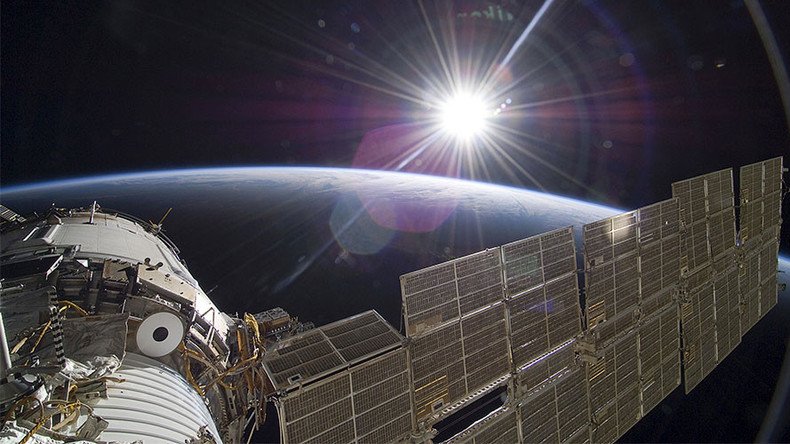High 5: NASA picks new technology to test for future space exploration

From cell calibration to regolith behavior, NASA has chosen five pieces of promising space technology to test on low-gravity-simulating aircraft, which will help understand how effectively they will work outside the lab. Intrigued?
NASA is planning to send five types of cutting-edge technology for trials in microgravity or suborbital environments, which means evaluating them in high-altitude balloons or suborbital rockets. This opportunity is said to help bring the technology closer to practical use in space exploration.
READ MORE: ISS to test superbug’s ‘microgravity mutations’ in bid to make better drugs
Among the proposals submitted to NASA this time, five drew the researchers’ special attention.
Protein-drop pinning
Strictly speaking, a system that takes the study of diseases like Parkinson's and Alzheimer's to a new level by maintaining protein solutions in liquid samples. The positive effect of its use in microgravity is the ability to test the system without using a container, which often compromises test results.
Rapid calibration of space solar cells
Automated solar cells that convert the energy of light directly into electricity are calibrated using a device attached to a high-altitude balloon. Their performance is tested in suborbital environments - at high altitudes of up to 35km – which is much closer to space than any laboratory on Earth.
Guided parafoil research
Parafoil is the smart material used to parachute space equipment back to Earth. Its design has been changed and the renewed parafoil version will now be tested from a high-altitude balloon to find out whether it can be used for precision delivery or mid-air retrieval of payloads. For instance, NASA plans to deploy it at 18km altitude, where it is to pick a landing point and perform an automatic precision landing.
Behavior of regolith
Regolith is a layer of various solid material covering the bedrock of a planet. With transparent tubes, which contain beads and pebbles that simulate regolith, its compression mechanism will be demonstrated to evaluate behavior at various gravity levels during suborbital flights. Interestingly, some researchers believe that a planetary regolith can be used to shield a space station set up on this planet and its inhabitants from the effects of the thermal, radiation, and meteoroid mechanisms.
Live-cell investigations
An experiment helping to visualize how cells live will react to the different phases of a rocket launch. To achieve this, cell cultures with fluorescent genes will be pumped through channels and recorded by an optical microscope camera during their flight. The value of the trial is hard to overestimate – we do all consist of live cells.
NASA’s Flight Opportunities program selects promising space technology experiments and organizes test flights for them twice each year. The tests are relatively low-cost, as they either simulate spaceflight or reach the edge of ‘space’ on commercial suborbital launch vehicles.
READ MORE: Dwarf planet Ceres could harbor life, NASA mission finds
According to NASA, the program helps the chosen technology mature, checks its feasibility and reduces risks while still in the trial period. All of this allows scientists to include the most worthy technology into space missions quicker. The next call for Flight Opportunities proposals is scheduled to be released by spring.












